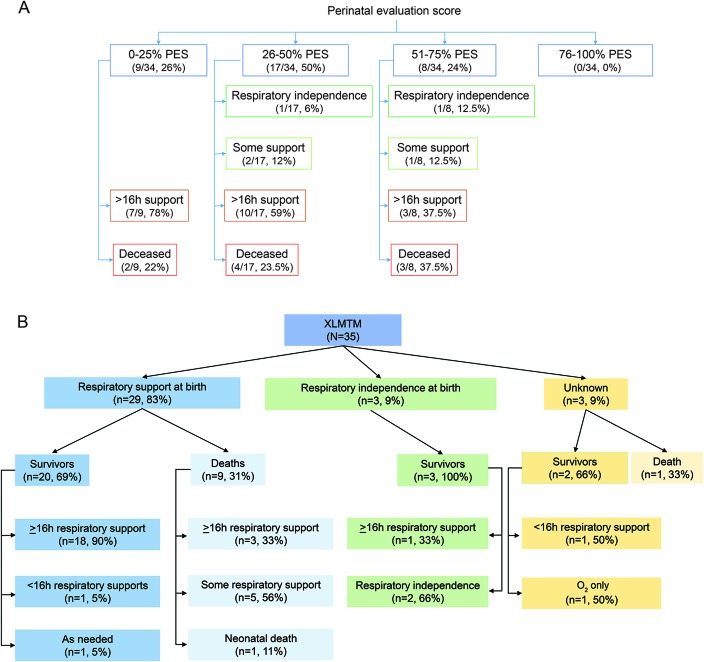Figure 2. Perinatal evaluation score (PES) and neonatal respiratory support in relation to patient outcome.
(A) Breakdown of PES and patient outcome. PES was defined by McEntagart et al.7 Individuals with scores for at least 4 of the 6 PES factors were included. Most individuals in our cohort were in the severe or moderate categories for PES (PES <3 of 6 or <50%). There was no obvious correlation between PES and need for future respiratory support and survival. PES was determined by 6 factors: delivery (normal = 1, abnormal = 0), fetal movement (normal = 1, weak or absent = 0), polyhydramnios (no = 1, yes = 0), tendon reflexes at birth (present = 1, absent = 0), joint contractures or club feet (no = 1, yes = 0), and intubation at birth (no = 1, yes = 0). All 34 had scores (0 or 1) for at least 4 of 6 factors. (B) Flow diagram of respiratory requirement at birth and patient outcome. Modeled after the flow diagram in McEntagart et al.7 Sufficient perinatal data were available for 35 individuals with MTM in the study. Note that essentially all individuals who required respiratory support at birth went on to need it after the neonatal period. While a small sample size, 2 of 3 who did not require breathing support at birth were ventilator free at study completion (ages 2 years 2 months, 32 years 10 months, and 42 years 4 months). XLMTM = X-linked myotubular myopathy.

